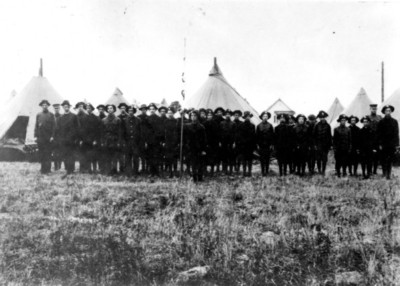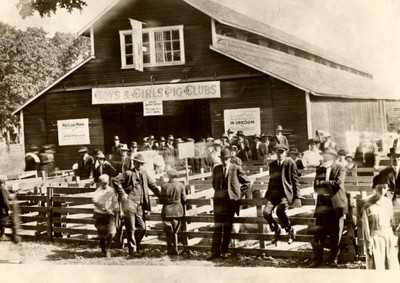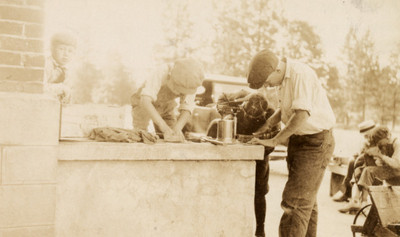4-H Youth Leadership:
The term "4-H" signifies the four things which must be trained by the boy or girl to insure success in any undertaking head, heart, hands, and health. The mind or head of the boy or girl must be trained to think, plan, and reason; the heart to be cooperative, so that all may work together; the hands must be trained to be skillful; and the health must be improved, if necessary, and kept good for efficiency and enjoyment
4-H is one of the Oregon Extension Service’s longest running programs. Its beginnings can be traced to Yamhill county superintendent of schools L. R. Alderman who created the first boy’s industrial club in the Dayton community in 1904. The following year, with the help of C. L. Starr and George Denman, the club expanded to include Polk and Benton counties. Together, these three men created a plan for juvenile fairs, which corresponded to the county fair model in allowing school children the opportunity to exhibit their work.
Due to the success of the pilot program, the 1913 Oregon legislature appropriated funds for introducing boy’s and girl’s industrial clubs throughout the state. As the program expanded in membership and scope, important farm and home activities were selected to focus the club projects. By 1914, the club had grown to include projects in corn growing, potato growing, vegetable growing, poultry and pig raising, dairy herd record keeping, sewing, cooking, canning, and woodworking.



